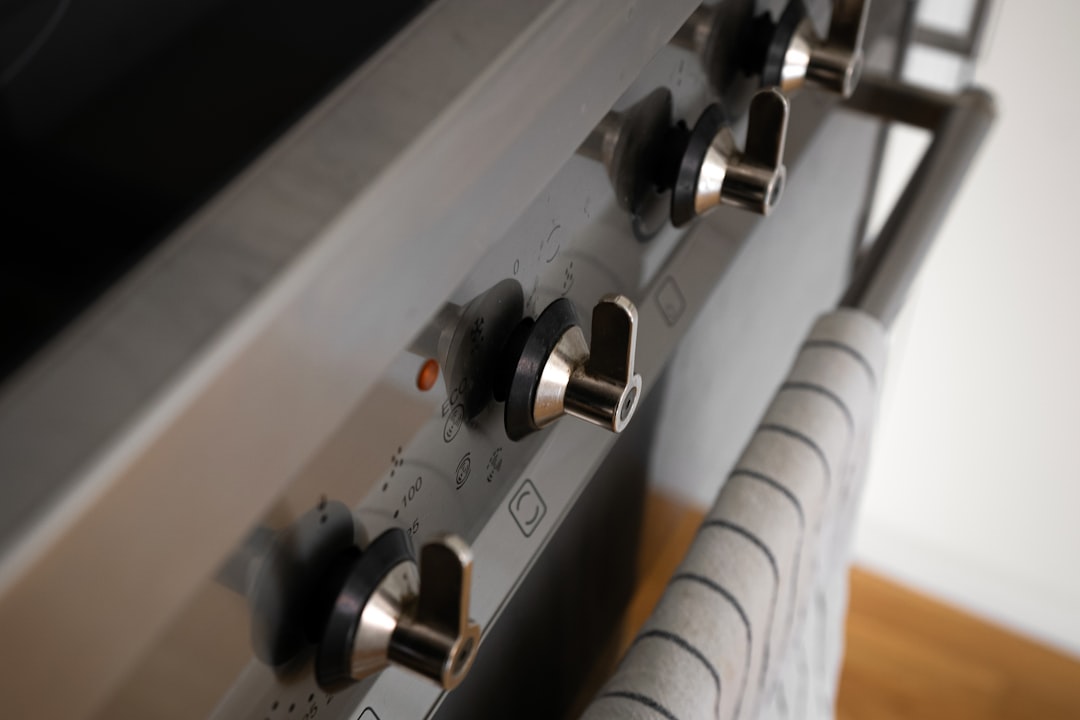In today’s world, noise pollution is a significant concern, impacting productivity, health, and overall well-being. Whether it’s in a bustling office environment, a recording studio, or a concert hall, effective sound control is paramount. Acoustic steel profile systems offer a robust and versatile solution to these challenges, providing superior sound absorption and attenuation while seamlessly integrating into modern architectural designs. This comprehensive guide delves into the intricacies of these systems, exploring their design, applications, benefits, installation, and future trends.
Understanding the Design of Acoustic Steel Profile Systems
Acoustic steel profile systems are engineered structures designed to manage sound effectively. Unlike traditional methods that rely on bulky and less aesthetically pleasing materials, these systems utilize lightweight yet strong steel profiles as a framework. These profiles are strategically arranged to create cavities or chambers that are then filled with sound-absorbing materials such as mineral wool, fiberglass, or recycled materials. The design incorporates principles of sound absorption and reflection to minimize noise transmission and reverberation. The precise arrangement of the profiles, the type of absorbent material used, and the overall system’s thickness all contribute to its acoustic performance, which is carefully calculated to meet specific project requirements. The system’s design also considers factors like airflow, fire safety, and ease of installation.
Benefits of Choosing Acoustic Steel Profile Systems
Acoustic steel profile systems offer a multitude of advantages over traditional soundproofing methods. Firstly, they are highly effective in reducing noise levels, providing superior sound absorption and attenuation compared to many other solutions. Secondly, they are lightweight and easy to install, minimizing disruption to ongoing projects and reducing labor costs. Thirdly, their robust steel construction ensures durability and longevity, withstanding wear and tear and providing long-term sound control. Fourthly, these systems are versatile and adaptable to various architectural designs, seamlessly integrating into both new and existing structures. Finally, the use of recyclable materials in the construction of these systems contributes to environmentally friendly building practices. The overall result is a high-performance, cost-effective, and sustainable solution for noise control.
Diverse Applications of Acoustic Steel Profile Systems
The versatility of acoustic steel profile systems makes them applicable across a wide range of environments. In commercial settings, they are frequently used in offices, conference rooms, and call centers to minimize distractions and enhance productivity. They are also popular in educational institutions, hospitals, and libraries to create quieter and more conducive learning and working environments. Industrial settings benefit from these systems to reduce noise pollution from machinery and equipment, improving worker safety and comfort. Furthermore, acoustic steel profile systems are increasingly used in the entertainment industry, finding applications in recording studios, cinemas, and concert halls to optimize sound quality. Their adaptability extends to residential applications, where they can be used to create quieter spaces within homes, such as bedrooms or home theaters.
Installation and Maintenance of Acoustic Steel Profile Systems
The installation of acoustic steel profile systems is relatively straightforward, usually involving a team of skilled installers. The process typically begins with the careful planning and measurement of the space to be treated. This is followed by the assembly of the steel profile framework, ensuring accurate alignment and stability. The sound-absorbing material is then carefully placed within the cavities created by the framework. Finally, any necessary finishing touches, such as cladding or surface treatments, are applied to complete the system. Regular maintenance is minimal and typically involves periodic inspections to ensure the integrity of the system and the effectiveness of the sound-absorbing material. In most cases, any repairs or replacements are easily manageable.
Future Trends in Acoustic Steel Profile Systems
The field of acoustic steel profile systems is constantly evolving, driven by advancements in materials science and a growing awareness of the importance of sound control. Future trends include the development of more sustainable and eco-friendly materials for use in these systems, such as recycled content and bio-based materials. There’s also a growing focus on integrating smart technologies, allowing for dynamic control of sound absorption and attenuation based on real-time needs. Furthermore, research is ongoing to develop lighter, more efficient, and aesthetically pleasing profile designs. These advancements will lead to even more effective and versatile acoustic solutions, catering to a wider range of applications and enhancing the overall user experience.
In conclusion, acoustic steel profile systems represent a significant advancement in noise control technology. Their effectiveness, versatility, and sustainability make them a highly desirable solution for a wide range of applications. As technology advances, these systems will undoubtedly continue to evolve, offering even more sophisticated and effective ways to manage sound and create quieter, more productive, and healthier environments.
SEO Tags: Acoustic Steel Profiles, Soundproofing Systems, Noise Control Solutions, Steel Profile Acoustics, Acoustic Design




